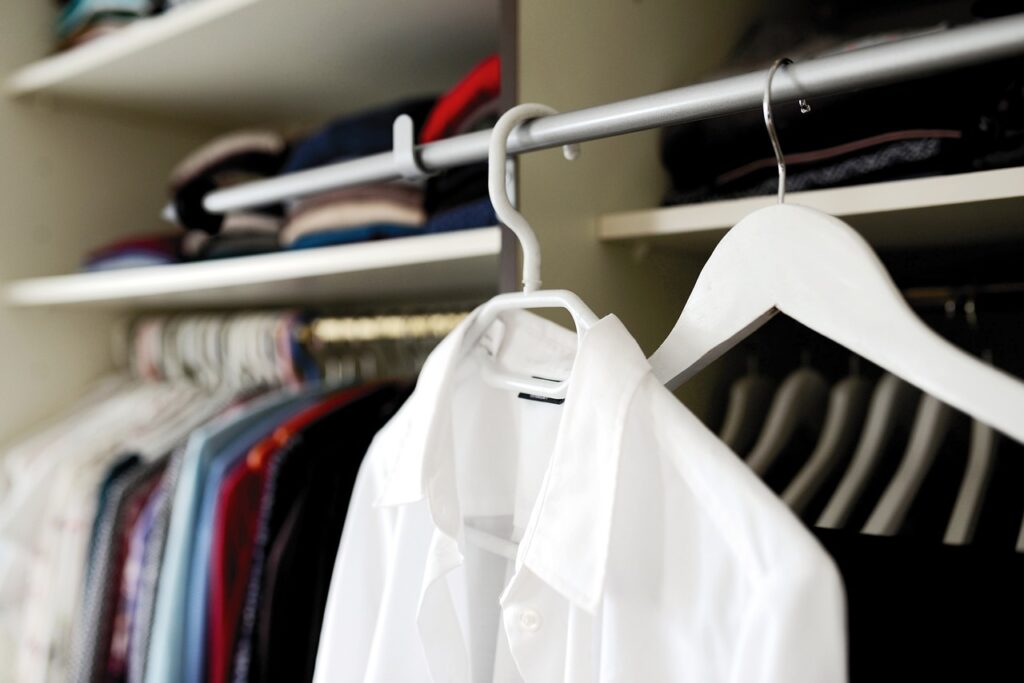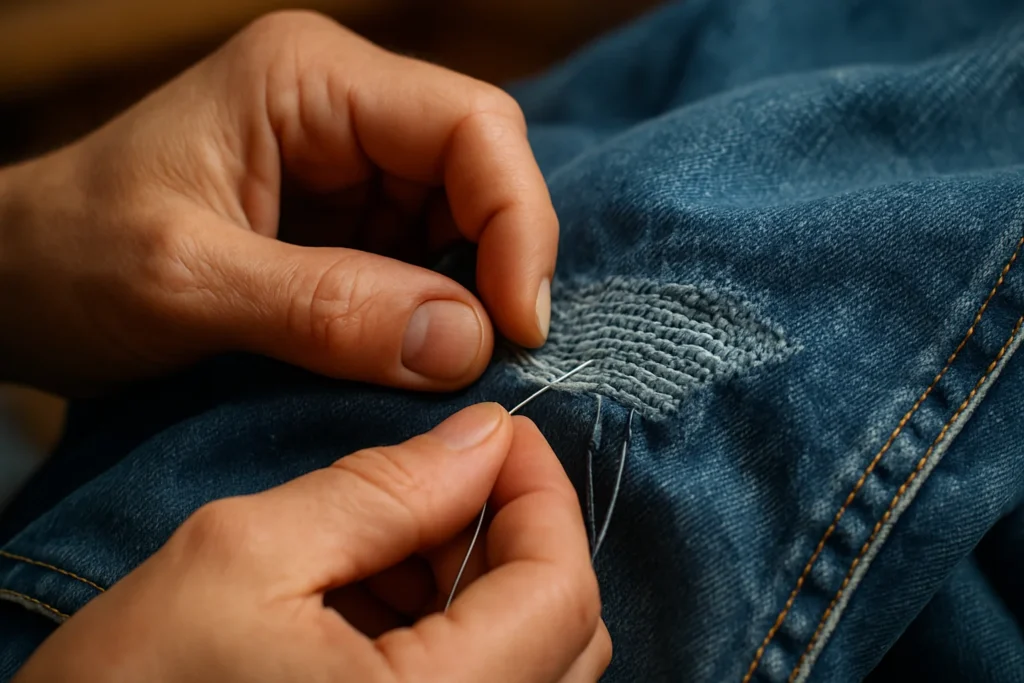Let’s be real: Fast fashion is like that toxic ex everyone regrets—cheap thrills now, catastrophic fallout later. By 2025, we’re done with “quick fixes” and ready for a wardrobe that’s both stylish and sane. No lectures, no guilt trips—just actionable ways to look good while doing better.
Why This Matters Now More Than Ever?
The fashion industry isn’t just messy—it’s a full-blown disaster. Think mountains of discarded Shein hauls in landfills, rivers dyed blue from denim runoff, and garment workers earning less in a year than you spend on coffee in a month. But here’s the twist: 2025 is the year we flip the script.
Thanks to Gen Z’s obsession with transparency (and TikTok’s cancel culture), brands can’t hide behind vague “eco-friendly” slogans anymore. Consumers demand proof: Where are the clothes made? Who stitched them? Are the dyes poisoning rivers? Tools like blockchain QR codes now let you trace a garment’s journey from cotton field to closet, so greenwashing is harder than ever to pull off.
And let’s not forget climate math. The industry’s carbon footprint rivals all international flights combined, but innovations like algae-based fabrics and 3D-printed clothing are cutting waste and energy use. The future’s bright—if we push for it.
Step 1: Fix Your Relationship With Your Closet

Before you shop, confront the chaos. Most of us own enough clothes to last a decade but still claim “I have nothing to wear.” Sound familiar? Start with a ruthless closet audit.
Pull everything out and ask: Have I worn this in the past year? Does it spark joy (or just guilt)? Keep the staples you actually use—those perfectly worn-in jeans, that blazer that goes with everything—and ditch the “maybe someday” pieces collecting dust. Not ready to part with sentimental items? Repurpose them. Turn concert tees into quilts, transform stained sweaters into pet beds, or dye faded dresses with avocado pits (yes, it’s a thing).
If minimalism scares you, try a “capsule-ish” wardrobe. Mix 20-30 versatile basics (neutral tees, tailored pants) with a few statement pieces (think upcycled sequin skirts or neon boots). The goal? Fewer impulse buys, more outfits you actually love.
Step 2: Shop Like You Give a Damn
When you do buy new, make it count. Start with fabrics: Organic cotton uses 91% less water than conventional, hemp grows like a weed without pesticides, and Tencel—made from wood pulp—feels like silk but decomposes guilt-free. Avoid polyester (a fossil fuel in disguise) and conventional denim, which guzzles 1,800 gallons of water per pair.
Brands matter too. Skip the ones using “sustainability” as a marketing gimmick and support labels putting their money where their mouth is. For example, MUD Jeans lets you lease-and-return denim for recycling, Kotn ensures fair wages for Egyptian cotton farmers, and Pangaia stuffs puffers with wildflower down. Still unsure? Apps like Good On You rate brands on ethics, so you don’t have to play detective.
Step 3: Secondhand Isn’t Just for Hipsters Anymore
Thrifting in 2025 is cooler than ever—and not just for vintage band tees. Apps like Depop and Vestiaire Collective make it easy to snag designer pieces for 80% off, while local thrift stores in wealthy neighborhoods are goldmines for barely-worn gems. Not into digging through racks? Host a clothing swap. Invite friends, add wine, and let everyone trade their “meh” items for new-to-them treasures.
And if you need a dress for a one-time event? Rent it. Services like Rent the Runway or Nuuly let you flaunt a 500gownfor500gownfor50, then send it back. No clutter, no buyer’s remorse.
Step 4: Treat Your Clothes Like They’re Worth Keeping

Fast fashion falls apart after three washes—yours shouldn’t. Start with laundry: Wash clothes in cold water (saves energy), air-dry whenever possible (dryers are fabric murderers), and invest in a Guppyfriend bag to trap microplastics from synthetic fabrics.
When something rips or loses a button, don’t trash it—fix it. YouTube tutorials make sewing basics a breeze, or hit up a local repair café for hands-on help. And storage matters: Fold knits to avoid stretching, stash cedar blocks to repel moths, and vacuum-seal winter gear to save space.
Also read: Zero-Waste Lifestyle Strategies for Beginners
Finally, when you’re truly done with an item, donate responsibly. Dress for Success needs warm coats, Soles4Souls accepts shoes for disaster zones, and animal rescues will take old towels for puppy bedding.
The Future of Fashion? It’s Wild (In a Good Way)
2025 isn’t just about damage control—it’s about innovation. Imagine sneakers grown from algae that compost in your backyard (check out Allbirds’ new Plant Pacers), digital dresses for Instagram that don’t exist IRL (cutting physical waste), and dye made from food waste. Brands like Stella McCartney are already leading the charge, proving sustainability doesn’t mean sacrificing style.
Your Move:
Start small. Repair one item this week. Swap a shirt with a friend. Try a rental for your next event. Sustainability isn’t about perfection—it’s about progress. Every choice matters, and in 2025, looking good and doing good is the ultimate flex.

